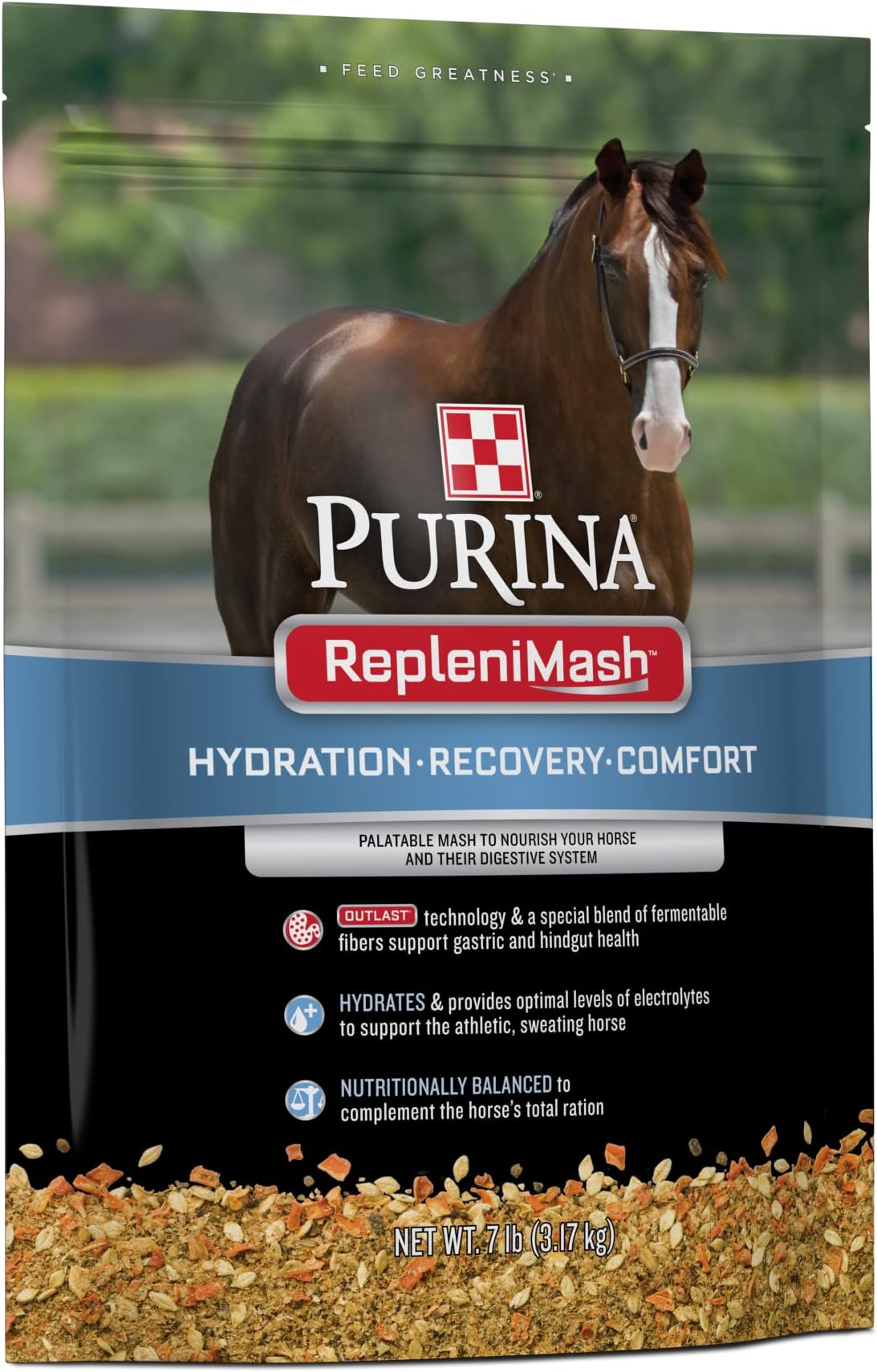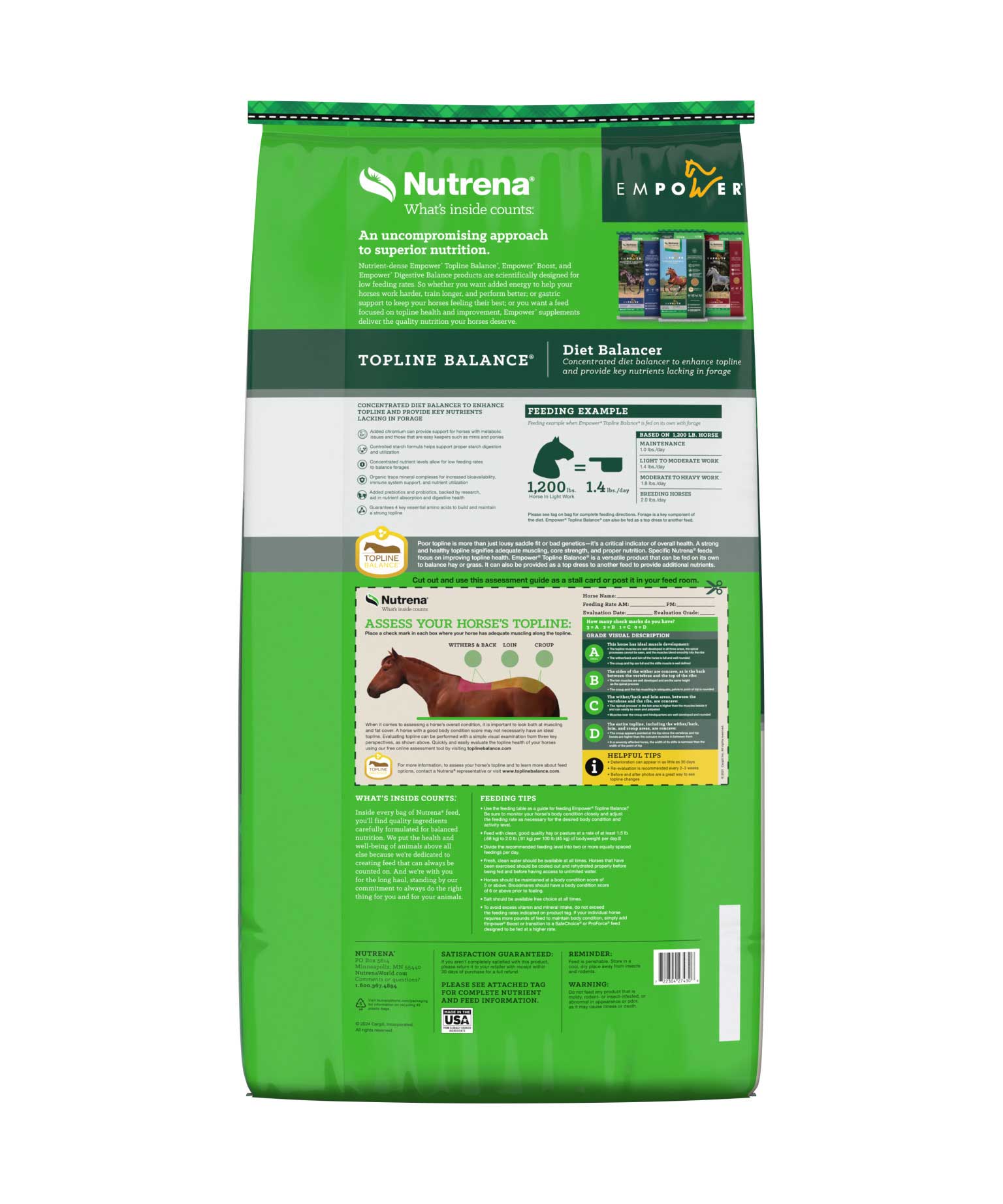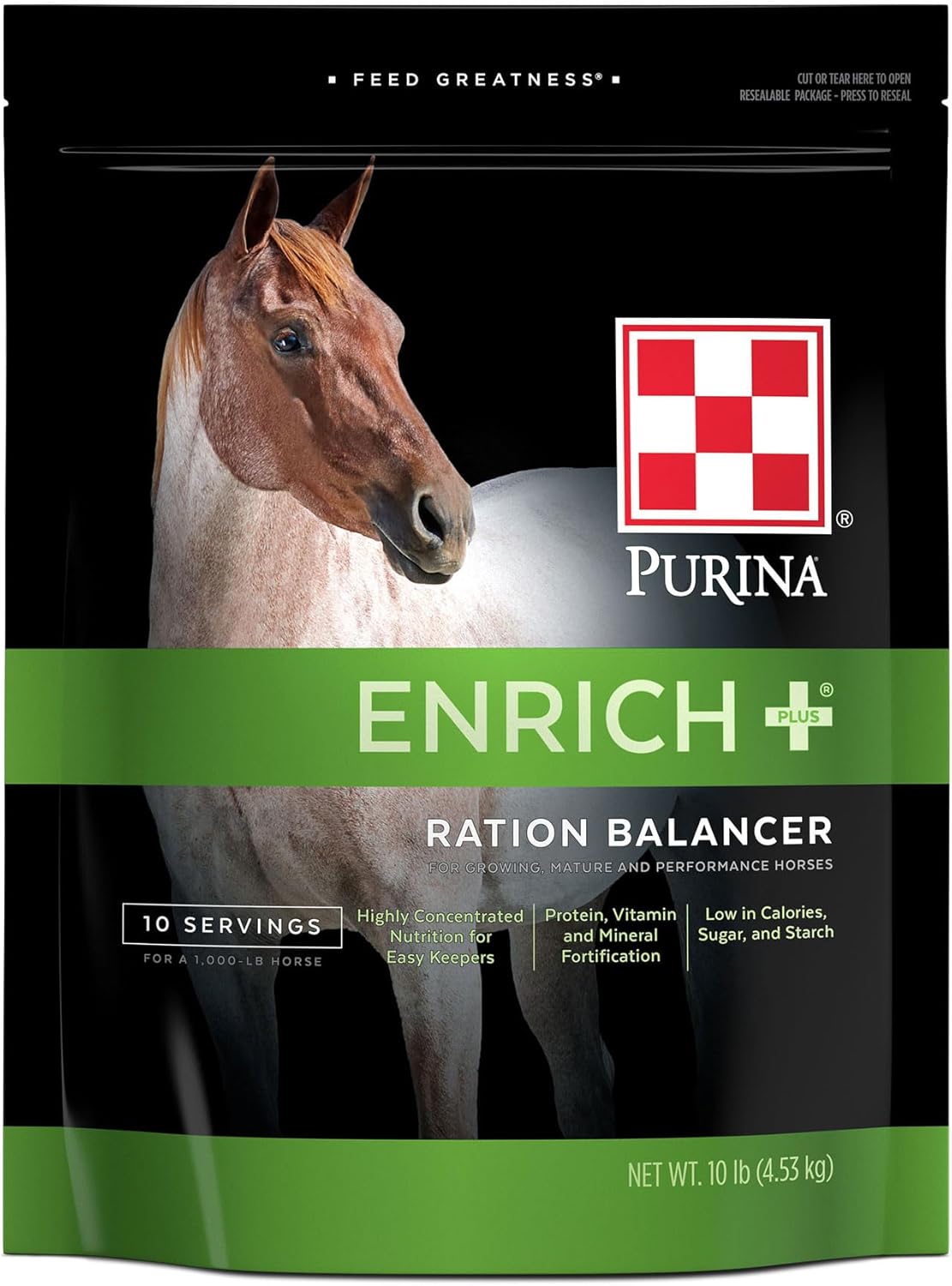Ration Balancing for Different Activity Levels of Your Horse

Balancing the diet of your horse according to its activity level is crucial for maintaining optimal health, performance, and well-being. Horses have varying nutritional needs depending on whether they are idle, lightly worked, moderately active, or heavily exercised. This article explores how to tailor rations effectively to meet these demands.
Understanding Horse Activity Levels

Activity levels can be broadly categorized as:
| Activity Level | Description | Examples |
|---|---|---|
| Idle | Minimal or no work; mostly pasture or stall | Retired horses, breeding mares |
| Light Work | Occasional riding or light training | Trail riding, light schooling |
| Moderate Work | Regular training or moderate exercise | Dressage, jumping, eventing |
| Heavy Work | Intense training or competition | Racing, endurance riding |
Each level demands different energy, protein, vitamin, and mineral intakes.
Key Nutritional Components to Balance

- Energy: Derived mainly from carbohydrates and fats, energy needs increase with activity.
- Protein: Essential for muscle repair and growth, especially in active horses.
- Vitamins and Minerals: Support metabolic functions, bone health, and immune system.
- Water: Critical for hydration and metabolic processes.
Ration Balancing Strategies
Idle Horses
- Lower calorie intake to prevent obesity.
- Focus on high-fiber forage like hay or pasture.
- Minimal grain or concentrate.
Light Work Horses
- Moderate energy increase.
- Balanced forage and grain mix.
- Monitor body condition regularly.
Moderate Work Horses
- Higher energy and protein requirements.
- Include quality concentrates.
- Supplement vitamins and minerals as needed.
Heavy Work Horses
- High energy and protein demands.
- Frequent feeding of energy-dense feeds.
- Electrolyte supplementation to replace losses.
Sample Ration Table
| Nutrient | Idle Horse (kg/day) | Light Work (kg/day) | Moderate Work (kg/day) | Heavy Work (kg/day) |
|---|---|---|---|---|
| Forage | 6 | 6.5 | 7 | 7.5 |
| Concentrate | 0.5 | 1 | 2 | 3 |
| Protein (g) | 500 | 700 | 900 | 1100 |
| Energy (Mcal) | 15 | 18 | 22 | 28 |
Frequently Asked Questions (FAQ)
Q1: How often should I adjust my horse’s ration?
A: Adjust rations seasonally and as activity levels change to maintain optimal body condition.
Q2: Can I feed the same ration year-round?
A: It’s not recommended as nutritional needs vary with workload and environmental conditions.
Q3: What are signs of overfeeding or underfeeding?
A: Overfeeding can lead to obesity and laminitis; underfeeding may cause weight loss and poor performance.
Q4: Should supplements be used?
A: Supplements can be beneficial but should be based on specific deficiencies or increased demands.
Balancing your horse’s ration according to its activity level ensures it receives the right nutrients to stay healthy and perform well. Regular monitoring and adjustments are key to successful feeding management.
